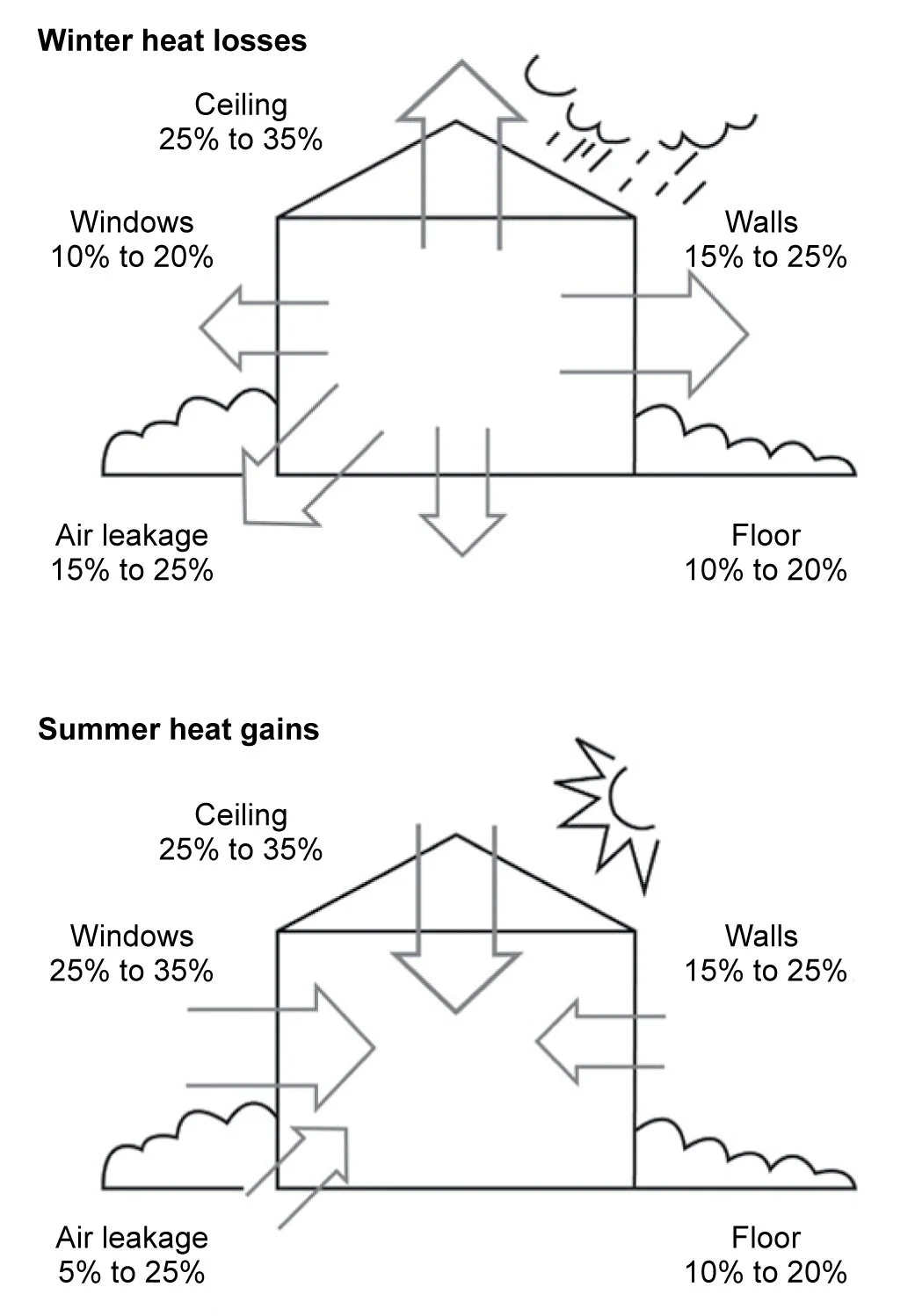Slab edge insulation: The foundation of an energy-efficient home
When it comes to building a comfortable, high-performing home, it’s often the hidden details that make the biggest difference. One of the most commonly overlooked features in Australian homes is slab edge insulation.
And yet, it plays a vital role in both thermal performance and long-term comfort.
In fact, according to the Passive House Institute, an exposed slab edge can be responsible for up to 80% of a home’s heat loss in winter—and heat gain in summer.
That’s an enormous source of energy inefficiency, especially considering how easy it is to mitigate with the right design.
What is slab edge insulation?
Slab edge insulation is a layer of thermal protection installed around the perimeter of a concrete slab. Its purpose is simple: to prevent heat from being lost to (or gained from) the ground outside.
Unfortunately, in most standard Australian builds, slab edges are left completely exposed.
The result? Colder floors, increased heating and cooling costs, and a less comfortable home. But hey, at least our Ugg boots get more use in the winter.
Slab edge as a thermal bridge
Thermal bridging happens when a material with high thermal conductivity (like concrete and steel) provides an easy path for heat or cold to escape or enter a house.
Slab edges are a prime example, acting as a “highway” of sorts unless deliberately broken to prevent that exchange (what is known as a thermal break).
Other examples of thermal bridges in a home include:
Steel beams penetrating a wall
Wall-floor junctions
Poorly insulated window frames or reveals
Timber or metal studs in wall assemblies without external insulation
One of the five core principles of Passivhaus design and construction is the minimisation of thermal bridges. That’s where insulating the slab edge comes in.
Typical heat losses and gains without insulation in a temperate climate
Source: SEAV (2002), updated in Energy Smart Housing Manual (2018)
Standard concrete slab vs. insulated slab
Typical Australian homes are built to meet minimum compliance, not comfort. Slabs are poured directly onto the ground with little or no insulation beneath or around the perimeter.
While this approach might tick the boxes for basic structural requirements, it fails to address key elements like thermal bridging, condensation risk, and energy efficiency.
An insulated slab (like the ones you’ll see in our Passivhaus and high performing homes) works differently: continuous insulation around the edges reduces heating demand by up to 15%, according to YourHome.
By insulating the perimeter, we create a thermal barrier that helps:
Keep indoor temperatures steady
Reduce the need for heating and cooling, and
Prevent condensation-related issues that cause mould to flourish
Why insulate a home’s concrete slab?
Beyond improved comfort, slab edge insulation offers a long list of benefits. Reduced reliance on active heating and cooling means lower energy bills and a smaller carbon footprint.
It also minimises the risk of condensation and mould growth, which is essential for your and your family’s health and wellbeing.
The effect on the building’s durability is significant too. By controlling thermal flow and moisture migration, you help preserve the structural integrity of your home over time.
As a Passivhaus builder, we know that these “invisible” upgrades deliver very visible results, especially when paired with other performance features like airtightness and mechanical ventilation.
Comfort starts from the ground up
At Amity Builders, we know that a healthy, comfortable home doesn’t happen by accident. It’s the result of informed design decisions made early in the process.
Slab edge insulation might not be the most glamorous part of the build, but it’s one of the most impactful.
If you’re planning a custom home and want to get the foundations right (literally and figuratively) we’d love to guide you through it.
Hi, we’re Amity Builders
We’re a passionate bunch who are tired of seeing homeowners around Australia settle for subpar living conditions. We combine our love for building, building science, and building relationships to create healthy, comfortable, and energy efficient living experiences for people. We’d love to get to know you!

